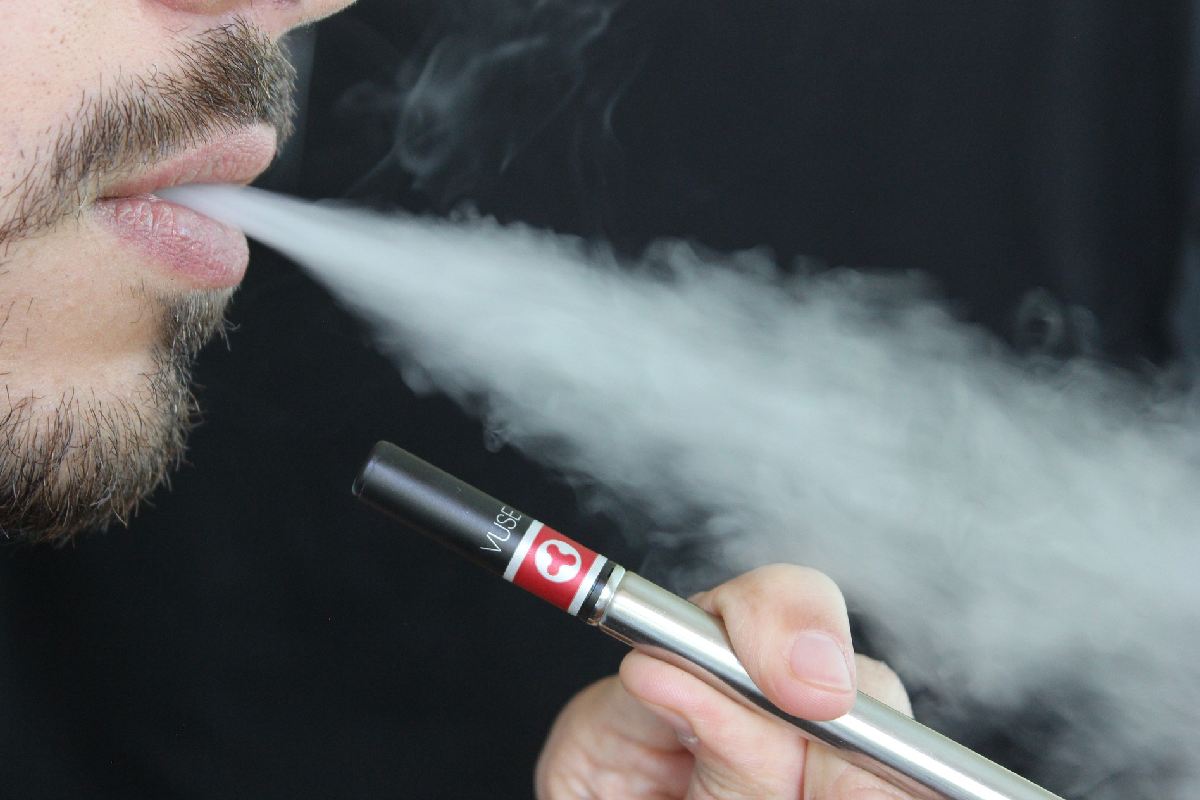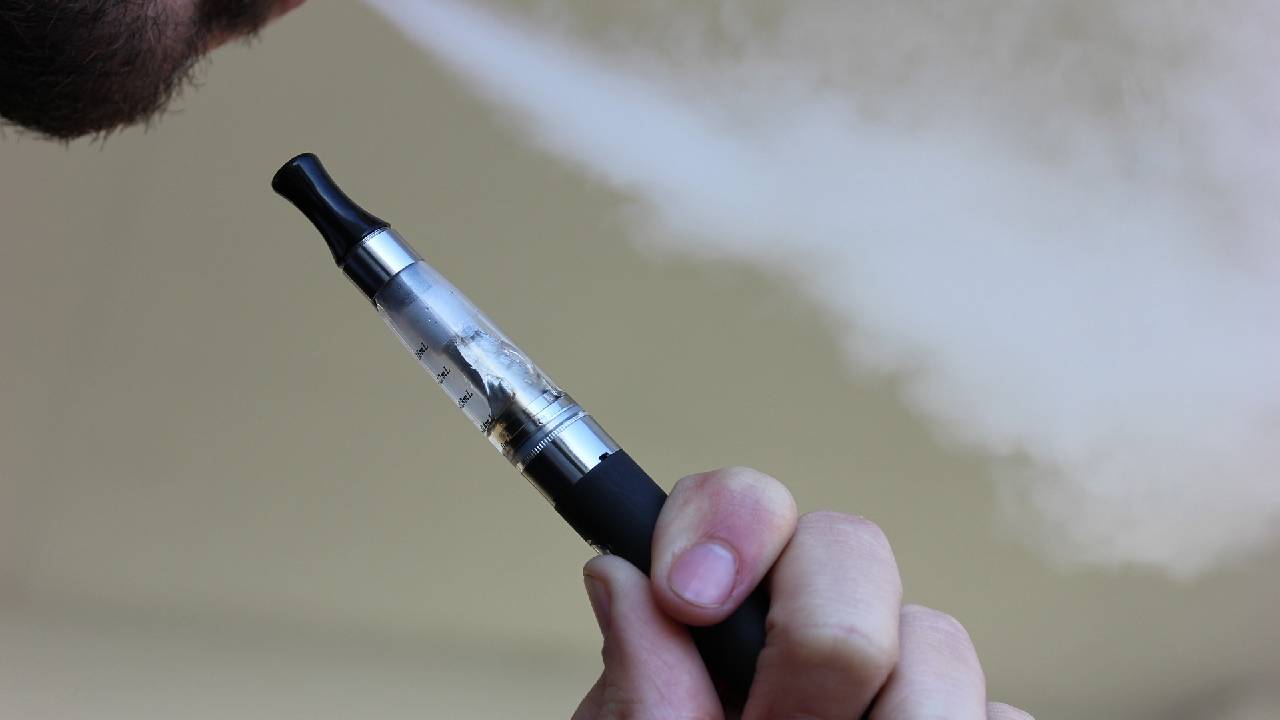

Men and women who smoke often express an interest in vaping. Some individuals do so because they desire a safer alternative to tobacco, while others want to see it. Regardless of why they try this activity, users must recognize there are slight differences between the two, and those who vape like they smoke miss out on some enjoyment. The following information explains the differences to ensure every vaper gets the full experience.


Table of Contents
First, users must realize there is more than one inhalation technique. The technique used plays a role in the device selected and the vape juice used. People can find more at indejuice.com about the different techniques.
Smokers use a mouth-to-lung (MTL) inhalation technique. They draw the smoke into the mouth before inhaling it into the lungs. New vapers often use the same technique and need to know how to get the best vape when doing so.
Find a device that allows the airflow to be adjusted, as a tight draw works best for mouth-to-lung inhalation. When the airflow remains wide open, many new vapers find they cough a great deal.
Devices appropriate for the mouth-to-lung technique come with higher-ohm atomizers. High wattages aren’t required with these items, as 10 to 20 watts of power are ample for this purpose. Look for tanks or atomizers with a resistance of 1.0 ohm or higher.
Consider the bore of the atomizer head and chimney. Sub ohm tanks feature greater airflow, coils with low resistance, and high power settings. Users need to choose a tank that comes with a wider-bore or larger-diameter atomizer head and central chimney. This combination allows for more open airflow, which mouth-to-lung vapers don’t like. Keep this in mind when choosing your vaping device.
Finally, when selecting a vape juice, look for one with a higher-PG ratio and a greater nicotine content. Any juice that contains equal amounts of propylene glycol (PG) and vegetable glycerin (VG) or a higher concentration of PG when compared to VG will be appropriate for use with mouth-to-lung devices. MTL devices produce less vapor, which explains why the higher nicotine level becomes necessary. For this reason, vapers need a vape juice with a nicotine content of 12 mg/ml or higher.
In direct-to-lung vaping, men and women take the vapor directly into their lungs when they puff. Many users relate this to the inhalation technique used with a hookah pipe. Take a deep breath and draw the vapor down directly into the lungs. Long-term vapers used this technique along with cloud-chasers, when trying to produce the largest vapor cloud.
Direct-to-lung inhales require a larger airflow setting along with a device that allows lower-resistance coils together with higher power. Quite a few men and women choose a sub ohm coil with a resistance below one ohm for this purpose. They combine this coil with a power setting of 25 W or higher for the optimal effect.
In contrast to mouth-to-lung vaping, direct-to-lung vaping involves taking the vapor directly down into your lungs as you puff. This is more like the way you’d inhale from a hookah pipe, or like taking a deep breath. It’s a one-step process: you draw vapor in and directly down into your lungs before exhaling. This is something you’ll see long-term vapers doing more than recent switchers, especially the “cloud-chasers,” looking to maximize vapor production.
Look for a larger-boil coil to increase this airflow. Vape juices to consider include those with a high-VG content, such as 60 percent VG or higher, as vape juices with a high PG content, are harsh when paired with a high-power, low-resistance device. Furthermore, choose a juice with a nicotine content of 6 mg/ml or lower for the best results.
Vapers need to experiment with both techniques to determine which they prefer. Ultimately, it comes down to a matter of preference. Some vapers wish to recreate the smoking experience and use the MTL technique. Others want to show off their cloud-producing skills and benefit from the direct-to-lung technique. There’s no right or wrong answer here, so explore the different options to find the one you like best.
In addition to inhalation techniques, men and women must consider how they puff on a cigarette or device to obtain the most enjoyment from this activity. Experienced vapers know how to obtain the most pleasure by getting more nicotine with each puff. Why is this the case? What are the differences between the two activities that need to be considered?
Scientists looked at how much nicotine an experienced vaper received when compared to a smoker using the same device and setup. They found vapers took long, slow puffs while smokers took short, fast ones. This is how the smoker enjoyed tobacco cigarettes, and they continue using the same technique, never stopping to think it may not be appropriate for vaping.
When a person smokes, the ember at the cigarette tips glows and produces more smoke. When the person takes a sharp, strong puff, the cigarette produces more smoke. This differs greatly from what happens when a person vapes.
As a person vapes, they send power to the coil by pressing the “fire” button. The longer they hold this button, the more electricity reaches this coil. Inhaling does nothing in this situation, as the who technique relies on how long the coil remains active. Vapers must understand that to obtain more vapor; they need to hold the button down longer while taking slow puffs.
Experienced vapers recognize this and take slow, gentle puffs for longer periods of time. This leads to more nicotine making its way into their bloodstream. Smokers must work on changing their techniques to obtain the most from the vaping activity.
Smokers may struggle to make the switch from smoking to vaping, but they don’t have to. Understanding the differences between the two activities makes the transition much smoother. It’s all a matter of vaping for a longer period of time than you are accustomed to doing with smoking. Make sure each puff is slow and gentle. Doing so allows you to enjoy the vaping experience fully. Once you master this technique, you will be hooked for life.
In the relentless pursuit of entrepreneurial success, it’s easy to overlook the most vital asset—yourself.… Read More
A barrel sauna isn’t just a visually striking wellness addition—it’s an efficient and highly functional… Read More
Technology is an integral part of most teenagers' lives today. While devices and social media… Read More
LASIK is one of the most popular vision correction surgeries that offers you freedom from… Read More
Plumbing issues can arise unexpectedly, and understanding the costs involved is crucial for homeowners and… Read More
Skin aging is often associated with external factors like sun exposure and pollution, but inflammation… Read More